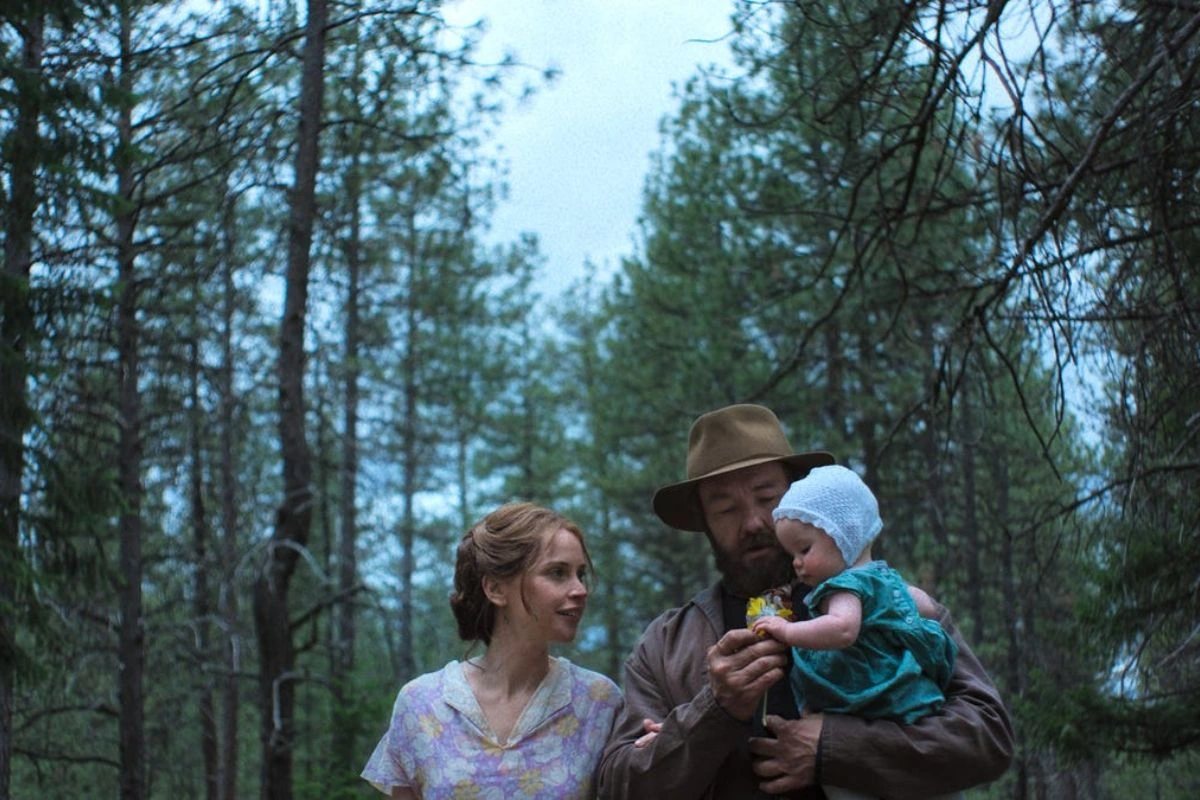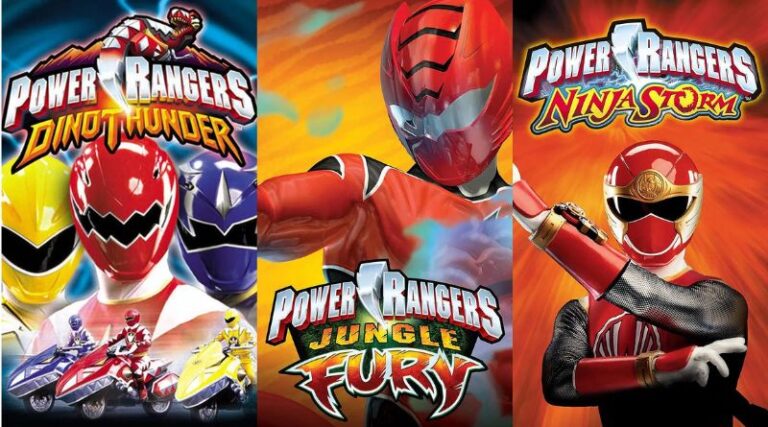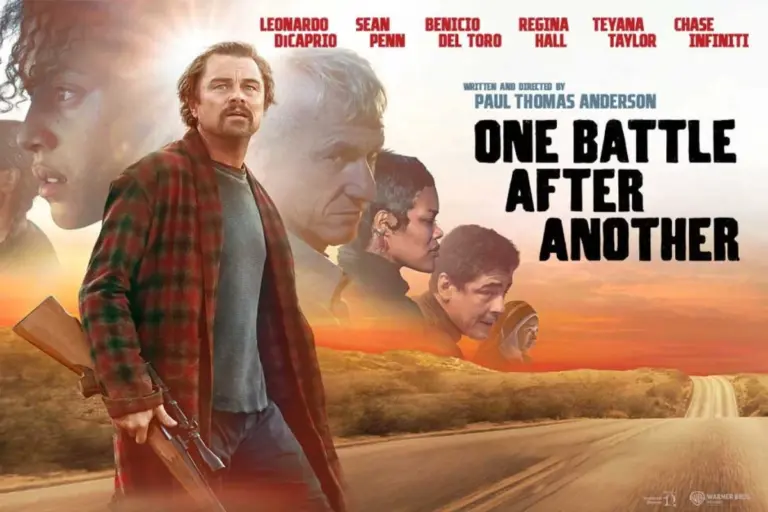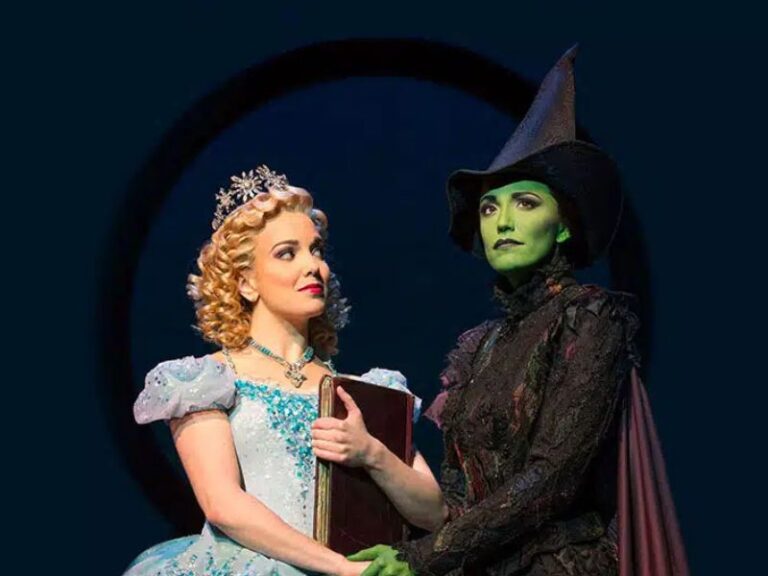Train Dreams – Fans’ Reaction Review: Did It Satisfy or Not?

When Train Dreams hit screens in 2025, many movie-lovers were curious: Does this slow, meditative drama live up to the hype? Based on the novella by Denis Johnson and adapted by Clint Bentley for the big screen, the film attempts to tell an ordinary man’s life in a deeply emotional, poetic way. As viewers watch Robert Grainier’s journey through love, loss, labor, and changing landscapes, reactions have been mixed but largely leaning toward appreciation.
Here’s a detailed look at how fans and critics reacted: what worked, what felt heavy, and whether Train Dreams truly satisfied its audience.
What Is Train Dreams About—The Setup
Train Dreams follows the life of Joel Edgerton’s character Robert Grainier, a logger and railroad worker in early 20th-century America. From orphaned beginnings, he gets married to Felicity Jones’s Gladys, builds a cabin, tries to raise a family, faces brutal labor, and survives tragedies, loneliness, and shifting times. The movie covers decades and shows how time, grief, and change shape a man’s mind and soul.
Fans appreciated that the film doesn’t hide the harshness; life is not romanticized. Work is tough, nature is often unforgiving, and pain is real. This realistic tone gave the movie raw emotional weight from the first scene to the last.
What Fans Loved—Emotional Impact & Artistic Depth
Many viewers say Train Dreams left a deep, haunting impression. First, critics and audiences praised Joel Edgerton’s performance. He plays Robert with minimal dialogue, letting silence, body language, and sorrow speak louder. For many, this was “the best work of his career.”
The cinematography and direction by Bentley add to the film’s mood: wide, open forests; fading light; and scenes with shadows and forest winds give a sense of both freedom and loss. The film uses nature as a character, life and death, and growth and destruction, all tied to land and time. Fans call it a visual poem, rather than a conventional drama.
Viewers connect emotionally with the themes: loss, loneliness, longing, guilt, and hope. The story shows that you don’t need to do something big to have a meaningful life. For many, Robert’s quiet existence, his love for his wife, his regrets, and his attachments felt real, maybe more real than many loud blockbuster stories.
Lastly, fans who read the original novella also felt the adaptation respected the spirit of the book. The film did not water down grief or beauty, even if some events were softened. That balance won respect from both longtime readers and new viewers.
What Some Viewers Found Tough—Slow Pace & Heavy Themes
That being said, not everyone found Train Dreams easy to digest. A noticeable portion of audience members found the film too slow, with long silent sequences, minimal action, and long stretches where “not much happens.” For people used to fast-paced storytelling, this meditative style felt heavy and sometimes dull.
The heavy emotional themes of grief, loss, guilt, death, and loneliness can feel overwhelming. There are no easy happy endings or loud climaxes. Some viewers felt the sadness lasted too long, and the lack of conventional resolution made them emotionally drained rather than comforted.
Others criticized that certain dark aspects of the book were softened or omitted. The film omits some of the more morally disturbing moments from the novella, which some fans feel makes the story less honest, though more “cinematic.” For those who loved the book’s raw edges, this felt like a compromise.
In short, this is not an easy movie. It requires patience. It demands emotional openness. For some, that’s a gift. For others, that’s too much.
Overall Fan Sentiment—Mixed but Mostly Positive
When you look at the reviews on critic-review aggregators and social media, you find a trend: about 70–80% positive, 20–30% mixed to negative. On sites like Rotten Tomatoes, the film’s early score is high: many critics call it “haunting,” “beautiful,” and “meditative.”
Most positive reactions come from viewers who appreciate slower storytelling, character-driven narratives, and emotional realism. People looking for “meaning over action” find Train Dreams powerful and deeply satisfying.
Mixed or negative reactions mostly come from those expecting plot, drama, clear conflicts, and resolutions. For them, the film feels slow, soft, and sometimes incomplete.
But even many negative reviewers admit the acting is strong, the visuals are stunning, and the message is bittersweet, even if the pacing doesn’t suit everyone.
Who Should Watch Train Dreams, and Who Should Think Twice
If you like thoughtful, slow-burn cinema; stories about life, loss, and memory; emotional complexity; and human stories set in nature, Train Dreams is for you. It’s ideal for viewers who don’t mind reflecting, who appreciate silence as much as dialogue, and who are ready for a journey, not just entertainment.
If you prefer fast action, dramatic arcs, clear villains and heroes, quick resolutions, or lighthearted plots, maybe skip. Train Dreams asks for patience, and it doesn’t offer easy comfort.
Why Train Dreams Matter in 2025
In a world full of loud blockbusters, superhero fights, and digital noise, a film like Train Dreams stands out. It reminds us that cinema can be quiet, honest, and poetic. It shows that even ordinary lives—lives of loggers, laborers, and anonymous workers—deserve stories. It speaks about loss, change, nature, and regret, themes that stay relevant no matter the time.
For many fans, Train Dreams rekindles hope for serious, meaningful filmmaking. It proves that a film doesn’t need special effects to feel epic.






